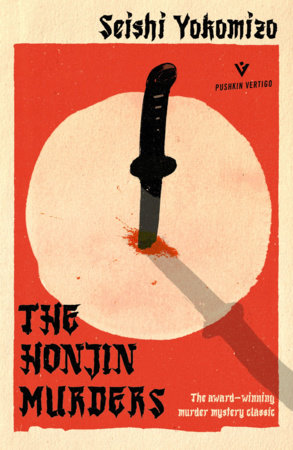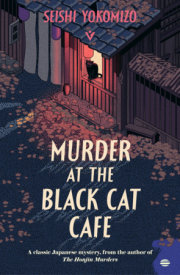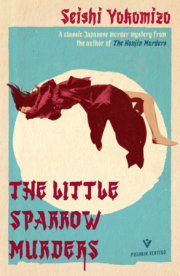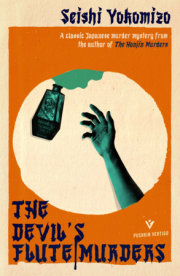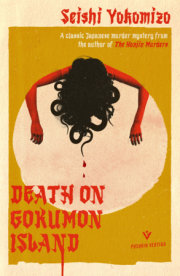Chapter 1: The Three-Fingered Man
Before recording the strange history that follows, I felt I ought to take a look at the house
where such a gruesome murder was committed. Accordingly, one afternoon in early spring, I set off,
walking stick in hand, for a stroll around that infamous residence.
I was evacuated to this rural farming village in Okayama Prefecture in May of last year, at the
height of the bombing raids. And since that day, everyone I’ve met has talked to me at least once of
what some call “The Koto Murder Case” and others “The Honjin Murder Case” at the home of the
Ichiyanagi family.
Generally, as soon as people hear that I’m a writer of detective stories, they feel compelled to
tell me of any murder case with which they have the slightest personal connection. I suppose
rumours of my profession had reached the ears of the villagers, so every single one managed to bring
up the topic of the Honjin Murder Case at some point. For the people of this village there could
hardly be a more memorable case, and yet most of them were not aware of the full horror of this
crime.
Usually when people tell me these kinds of tales, they never turn out to be as interesting to me
as they are to the teller, much less potential material for a novel. But this case was different. From
the moment I heard the first whispers about the case, I was fascinated. Then, when I finally got to
hear the account from the lips of F—, the man most directly connected to the case, I was at once
seized with a great excitement. This was no ordinary murder. The perpetrator had scrupulously
planned the whole ghastly deed. What’s more, it was one worthy of the label “Locked Room Murder
Mystery.”
The locked room murder mystery – a genre that any self-respecting detective novelist will
attempt at some point in his or her career. The murder takes place in a room with no apparent way
for the killer to enter or exit. Constructing a solution is an appealing challenge to the author. As my
esteemed friend, Eizo Inoue wrote, all of the works of the great John Dickson Carr are some variation
on the locked room murder theme. As a writer of detective novels myself, I intended one day to try
my hand at one of these, and now I’ve been unexpectedly blessed – one has fallen right into my lap. I know it’s shocking but I feel I owe a debt of gratitude to the killer for devising such a fiendish method
to stab this man and woman.
When I first heard the story, I immediately racked my brain to think of any similar cases among
all the novels I’ve read. The first that came to mind was Gaston Leroux’s The Mystery of the Yellow
Room , and Maurice Leblanc’s The Teeth of the Tiger; then there’s The Canary Murder Case and The
Kennel Murder Case, both by S.S. Van Dine; finally, Dickson Carr’s The Plague Court Murders. I even
considered that variation on the locked room murder theme, Roger Scarlett’s Murder Among the
Angells. But this real-life case wasn’t quite like any of the above mentioned. Maybe, just maybe, the
killer had read a selection of stories like these, dissected all of the different devices used, then picked
out the elements that he needed, constructing his own device… At least that’s one theory.
Copyright © 2020 by Seishi Yokomizo. All rights reserved. No part of this excerpt may be reproduced or reprinted without permission in writing from the publisher.

